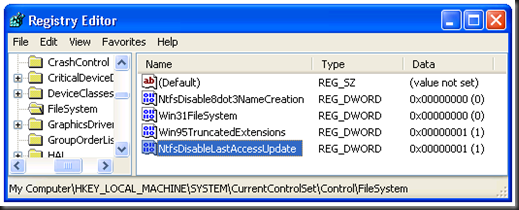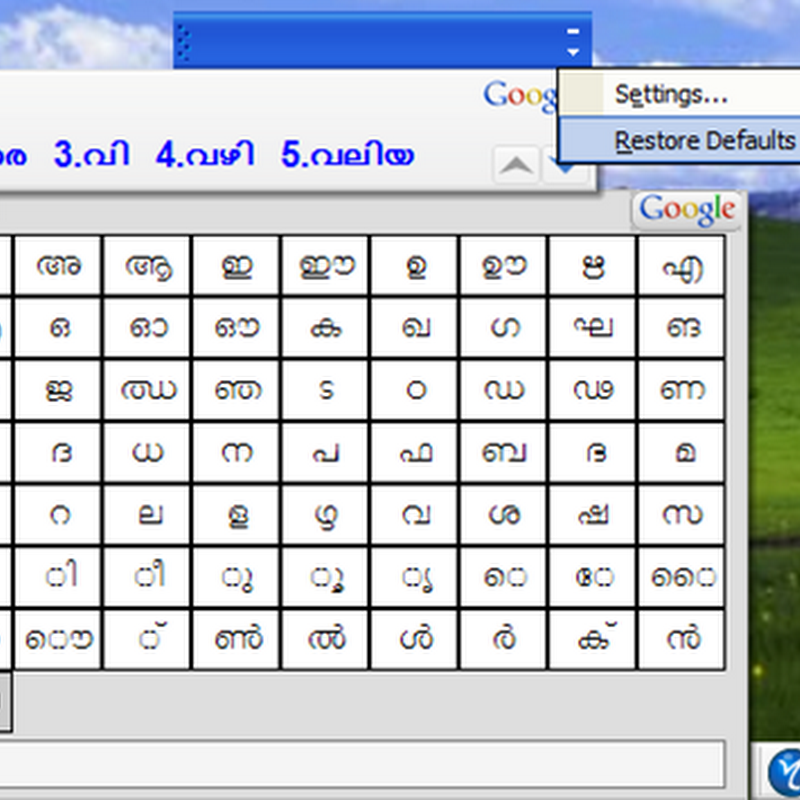Disabling the File Access Timestamp
Every time you access a file, or a program on the system accesses a file, the file system keeps track of when it was accessed. This feature can be useful if you are interested in finding out when a file was last read. Sometimes a program might find this information useful. For example, the Defragmenting application could use the access timestamps; it would be able to decide what the most frequently accessed files are and would then be able to put them on a fast part of the disk.
So, disabling the file access timestamp would obviously not be beneficial to the Defragmenting app. But the loss would not be a big one. Usually, when you defragment your drive, you will want the entire application files placed together on a disk for optimal speed. Defragmenting based solely on access timestamp will not give you a sizeable performance increase.
For systems that have many (several thousand) files and folders, disabling the access timestamp will give you a noticeable performance increase. Every time you open a file, the system has to write to the file and update its access timestamp. According to Microsoft, disabling the file access timestamp will help most systems with more than 70,000 folders. Nevertheless, based on my experiences and the experiences of others that have used this tip, it can still help users that have a fraction of that number.
The process for disabling the file access timestamp is quite easy. All that is required is one quick change in the System Registry.To do so, follow these steps
1. Click the Start button and select Run. Then type regedit in the textbox and click OK.
2. This will start up the Registry Editor and will allow you to edit the file system settings. Once the Registry Editor has loaded, navigate to the file system settings by expanding HKEY_LOCAL_MACHINE, SYSTEM, CurrentControlSet, Control, and then FileSystem.
3.Depending on your system, you may see an entry called NtfsDisableLastAccessUpdate. If your system has this entry already listed, skip to the next step. If you do not see this entry, don’t worry; just create it by right-clicking and selecting New and then DWORD Value, as shown in Figure 10-1. Key in NtfsDisableLastAccessUpdate for the name.
4. Now, modify the DWORD value. Right-click the name of the entry and select Modify. Then type a 1 in the box to disable the last access update feature.
5. Then click OK and restart your computer. The changes will be in effect.
This setting will allow you to experience much faster file browsing.Disabling this feature may cause problems for certain applications, such as hard disk defragmenters and other programs. If you notice any strange behavior with your applications, try reverting to an earlier system restore point, or apply an undo script to the app.


















0 comments